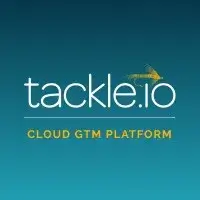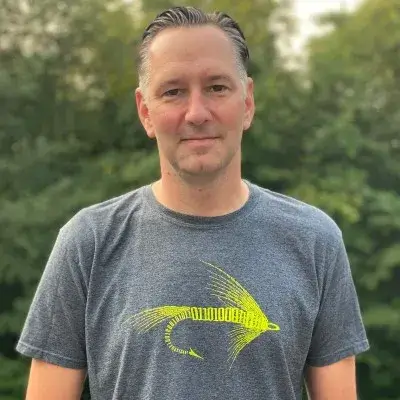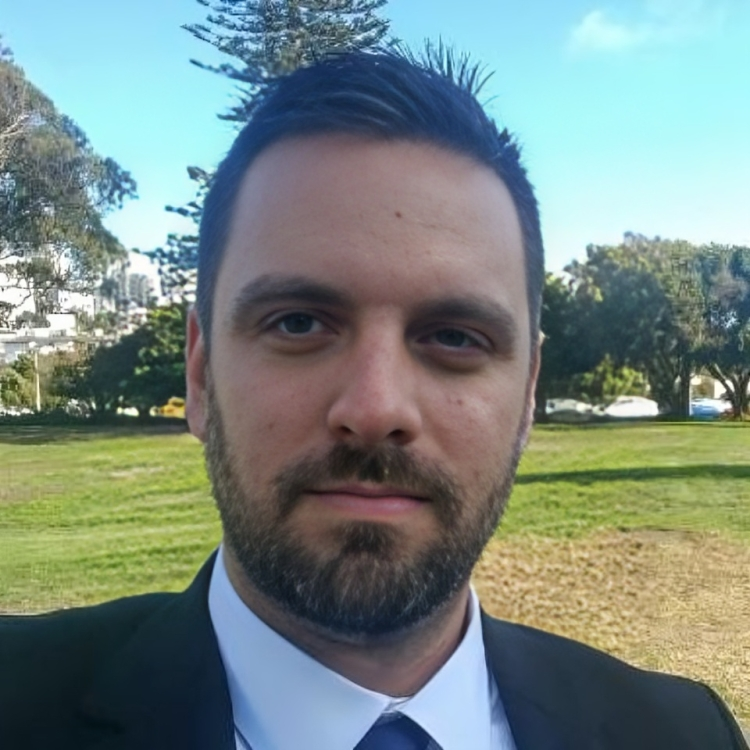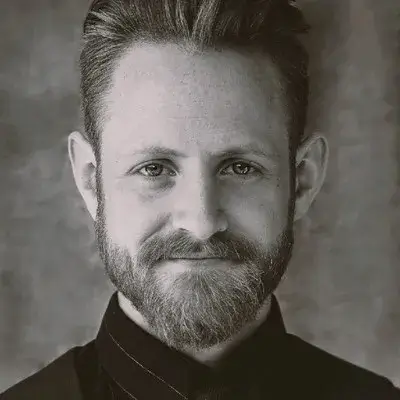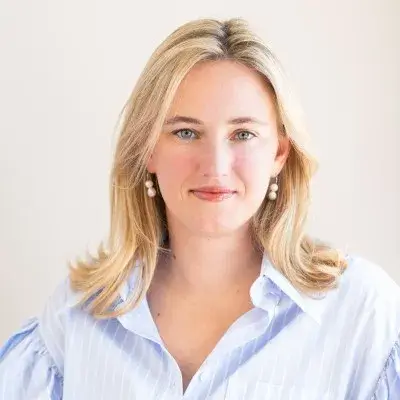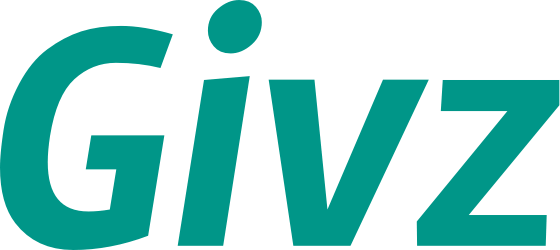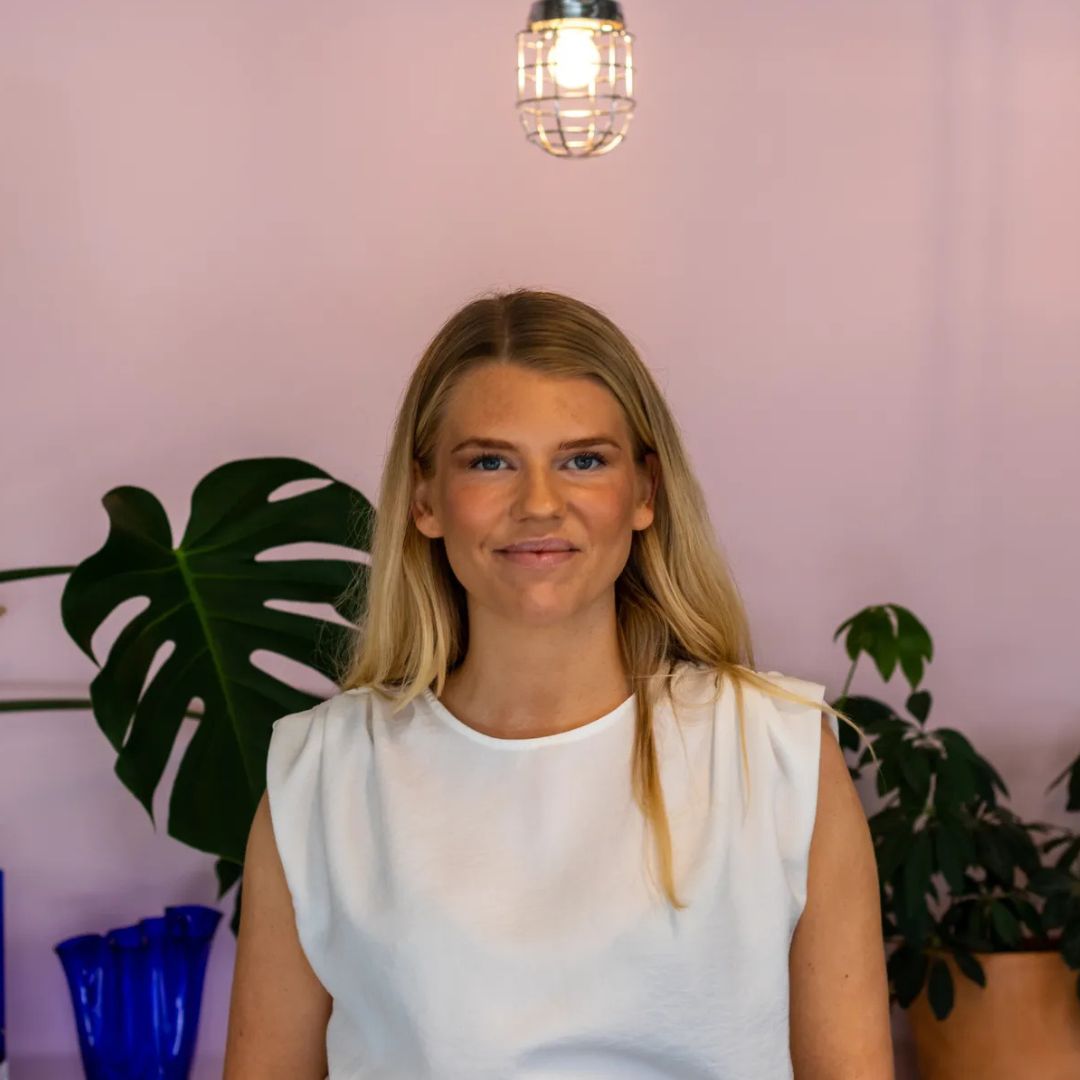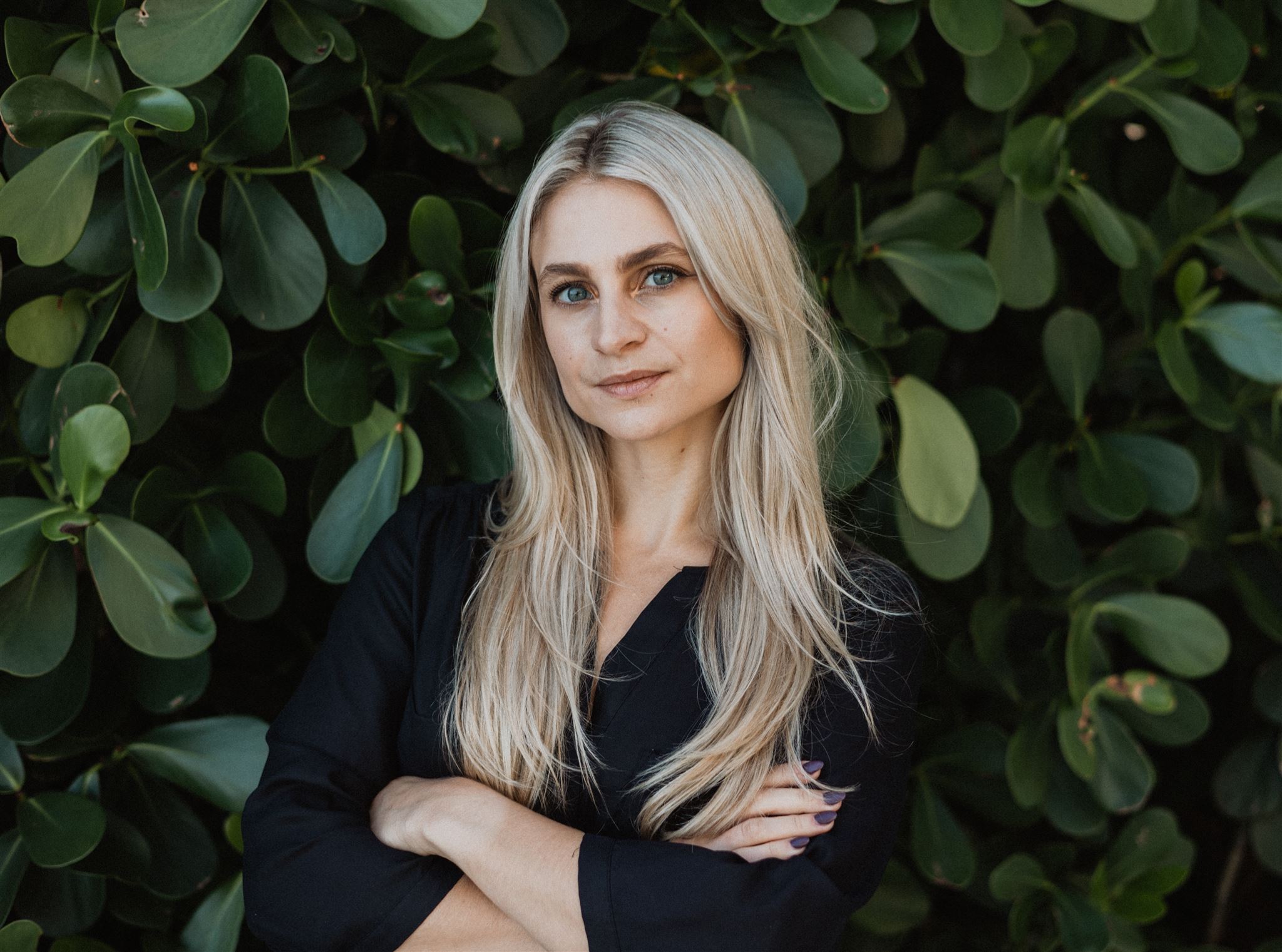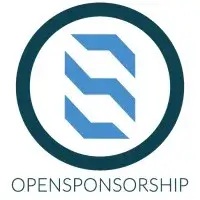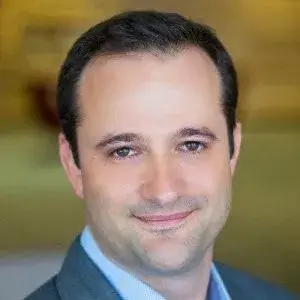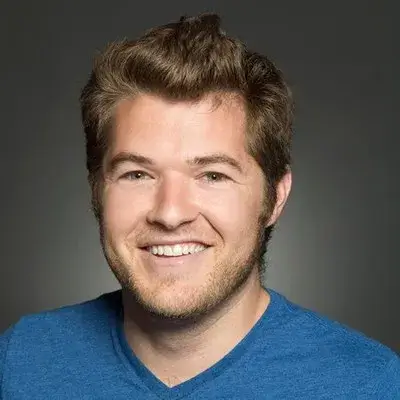Ready to build your own Founder-Led Growth engine? Book a Strategy Call
Frontlines.io | Where B2B Founders Talk GTM.
Strategic Communications Advisory For Visionary Founders
Actionable
Takeaways
Validate with 100+ user interviews before pivoting:
David didn't just chat with a handful of potential users—he conducted and recorded over 100 interviews with B2B creators, asking detailed questions about monetization interest, partnership preferences, and content strategies. He then repeated this process with marketing leaders. This level of research rigor before committing to a pivot is rare but critical when entering emerging categories. The depth of qualitative research gave him conviction to make a contrarian bet when most creators were still refusing brand partnerships.
Build where network effects are structural, not hoped for:
David specifically chose a creator marketplace after a previous marketplace failure because the unit economics included built-in virality. When Limelight pays a creator $10,000, that creator has tens of thousands of followers who see the transaction result (the sponsored content). Every payment notification becomes inbound interest. He understood that in consumer marketplaces you compete on supply quality, but in creator marketplaces the supply actively markets your platform. Founders should identify whether their marketplace has structural network effects in the transaction itself, not just theoretical ones.
Target micro-creators with niche audiences over vanity metrics:
The counterintuitive insight: creators with 10,000-25,000 followers often outperform those with 100,000+ in B2B because deal sizes are $25K-$50K, not $100 sunglasses. Smaller creators have higher engagement rates, unsaturated audiences, authentic expertise in specific domains, and haven't been "bought and sold for" yet. When brands face the choice between a 100K-follower creator at $2,000 per post with 200 likes versus a 25K-follower creator at $1,000 per post with 300 likes, they irrationally choose the larger following. Founders should educate buyers that in B2B, targeted influence within specific buyer committees matters more than reach.
Build data infrastructure to win performance buyers, not just brand buyers:
Limelight tracks every piece of content in real-time (not waiting weeks for creator screenshots), monitors all engagement and segments it by ICP fit, provides self-reported attribution from demo forms, tracks website traffic spikes correlated to posting schedules, and generates qualified lead lists from content engagement. This comprehensive data layer is what allows demand gen leaders to reallocate spend from paid channels. The market is splitting 50/50 between brand/social buyers and performance/demand gen buyers—the latter has larger budgets and treats creator spend like paid media that requires attribution. Founders entering new marketing channels should build attribution infrastructure from day one, not as an afterthought.
Deliberately choose infrastructure over services even when customers ask for help:
Despite customers like Webflow, ZoomInfo, and Bill.com spending $100K+ monthly and requesting more hands-on support, David chose to build product and enable agencies rather than hire account managers and become a service business. His reasoning: people have tried to replace agencies in recruiting for decades and failed because buyers want the human in the middle. The bigger opportunity is being the infrastructure that powers all agencies, not competing with them. This fork-in-the-road decision—hire CSMs and influencer marketing managers versus build more product—defines whether you're building a scalable platform or a services business disguised as SaaS.
Use your first customer to custom-build product, then scale it:
Clay became Limelight's first customer when the platform was early. David essentially custom-built features for Clay's creator program, learning their workflow for building Clay tables for creators, their onboarding process, and their approach to creative freedom. This deep partnership gave Limelight the product foundation to scale from managing 20 creators to 200+ for Clay within nine months, then apply those learnings to other customers. Rather than building in a vacuum, founders should find a sophisticated first customer willing to co-develop the product, even if it means initially building something custom.
Conversation
Highlights
How Limelight Built B2B Creator Marketing Infrastructure by Interviewing 100+ Users and Betting Against Market Consensus
When David Walsh pitched the top LinkedIn creators in 2022 on joining his new payment platform for brand partnerships, their response was unanimous: “No, I don’t do any brand partnerships, never will. It’s not something I want to do.”
Most founders would have pivoted. David went deeper.
He had a thesis: B2B would mirror consumer influencer marketing trends, just delayed by 18-24 months. The refusals weren’t market rejection—they were validation of timing. He was early, which meant he had runway to build before competition arrived.
But being early without validation is just being wrong with extra steps. Before writing a single line of code, David executed one of the most thorough customer discovery processes in recent B2B memory.
The Recorded 100-Interview Validation Framework
David didn’t conduct casual coffee chats. “I met with about 100 B2B content creators, probably more, actually recorded the conversations, asked them a ton of questions, learned everything about them and why they were creating content,” he explains. The recordings mattered—they allowed him to analyze patterns across conversations rather than relying on memory or confirmation bias.
He then replicated the process on the buy side, interviewing marketing leaders with the same rigor. The data revealed a clear market structure: creators wanted monetization but feared brand damage from misaligned partnerships. Marketing leaders needed efficient growth channels as CAC increased across paid platforms—LinkedIn, Google, outbound.
The insight wasn’t just that both sides wanted a solution. It was understanding the specific friction preventing transactions: lack of infrastructure for discovery, payment processing, performance tracking, and quality control.
More importantly, David had identified structural network effects. His previous marketplace had failed because growth required constant manual effort. This time was different. “If we pay creators who have large audiences, thousands and tens of thousands of dollars into their back pocket, they’re going to love us and they’re going to help us grow.”
Every payment transaction generated organic distribution through the creator’s audience. The product didn’t just benefit from network effects—the core transaction itself created them.
Custom-Building Product with Clay as Design Partner
Limelight‘s first customer wasn’t just early revenue—it was a design partnership that defined the product. Clay, already thinking deeply about creator marketing, needed infrastructure their team had been building internally with spreadsheets and manual processes.
David custom-built features for Clay’s workflow. The partnership revealed what sophisticated creator programs actually require: payment automation, content tracking, performance analytics, and creator relationship management.
Clay’s approach became the template for effective B2B creator partnerships. “They basically built Clay tables for all of their creators and actually like said, what are you trying to accomplish? Okay, let’s build a Clay table, let’s show you how it works, let’s get you using it and then let’s get you talking about it after that, the fact.”
This was the anti-pattern to traditional influencer marketing. No scripted posts. No #ad placements without product understanding. Clay ensured creators genuinely used and derived value from the product before asking them to create content. The result: authentic endorsements from users who actually understood the product’s value proposition.
Clay scaled from 20 creators to 200 within nine months, all managed through Limelight. Each creator represented a lesson in what infrastructure was needed: automated payments across different contract structures, real-time content tracking without manual screenshot collection, engagement monitoring and ICP segmentation, qualified lead generation from content interactions.
The Micro-Creator Arbitrage in B2B Markets
As campaign data accumulated, Limelight discovered a systematic arbitrage opportunity that contradicted traditional influencer marketing economics.
“The small niche creators, the people with 10,000 followers to 25,000 followers, are actually often the most powerful because they’re the most authentic and they’re not bought and sold for yet,” David found. The economics were stark: micro-creators charged $1,000 per post with 300 engagements from highly relevant audiences. Larger creators charged $2,000+ with 200 engagements from broader, less targeted followers.
The difference stems from B2B buying dynamics. Deal sizes are $25K-$50K with multi-stakeholder buying committees and 3-6 month sales cycles. Broad reach doesn’t compress these timelines. What matters is whether the specific people in buying committees see authentic recommendations from credible experts in their domain.
Micro-creators had three structural advantages: genuine subject matter expertise in narrow domains, audiences composed of practitioners rather than passive followers, and authentic product usage rather than paid endorsements.
Yet buyer psychology consistently favored larger creators. When presented with both options, brands chose the 100K-follower creator despite worse unit economics. Limelight had to educate buyers that vanity metrics actively hurt B2B performance.
Building Attribution Infrastructure to Unlock Demand Gen Budgets
David noticed the buyer profile splitting. About 50% were brand and social teams with modest budgets and tolerance for soft metrics. The other 50% were demand generation leaders managing $2M+ in monthly paid channel spend who treated creator marketing as performance marketing requiring hard attribution.
The second group controlled significantly larger budgets but needed data infrastructure that didn’t exist in traditional influencer marketing.
Limelight built comprehensive tracking: real-time content monitoring without waiting for creator screenshots, engagement tracking with automatic ICP segmentation of everyone who liked, commented, or shared, website traffic correlation to posting schedules, self-reported attribution integrated into demo forms, and qualified lead lists generated from engaged audiences.
“When companies are spending $100,000 with us a month, we need to provide to them a huge amount of data that supports that investment, that they can go back to the finance team and say, hey, just so you know, like this is what we got from working with creators,” David explains.
The sophisticated play many brands executed: take organic creator content, add thought leadership spend to promote it as paid ads, target directly at ICP segments, and track through to conversion with standard paid media attribution.
This hybrid model—organic authenticity converted to paid distribution—allowed demand gen teams to compare creator ROI directly against other paid channels. The data infrastructure made creator marketing budget defensible in finance conversations.
Choosing Infrastructure Over Agency Services
As Webflow, ZoomInfo, and Bill.com scaled to $100K+ monthly spend on creator programs, they naturally requested more hands-on support: sourcing creators, managing relationships, optimizing content strategy.
David faced the fork: build an agency or build infrastructure. “Are we hiring a team of customer success account managers, influencer marketing managers, or are we building more product? And we chose to build more product.”
The decision came from a previous failure. David had tried building a marketplace to replace recruiters and learned that buyers want human intermediaries for complex, relationship-driven processes. “People have been trying to replace agencies in the recruiting industry for decades. People want the recruiter, they want the middleman, they want the agency.”
Rather than compete with agencies, Limelight would power them. The economics were compelling: “If we unlock agencies, it’s 10x the amount of transactions through the platform because they have, it’s one to many, they have access to millions in budget that they’re managing for brands.”
Agencies began adopting the platform organically—introduced by brand clients or discovering it independently. They needed infrastructure for creator discovery, payment processing, campaign management, and performance reporting. Limelight provided the rails; agencies provided the strategy and relationship management.
This architectural decision—being infrastructure rather than service provider—defined the scalability model. Service businesses scale linearly with headcount. Infrastructure scales with transaction volume.
Market Timing Vindicated
Two years after initial rejections, the bet paid off. “Look back now and almost every single one of them have been paid through our product and platform,” David says of those early creators who refused partnerships.
The market shift happened exactly as predicted. B2B followed consumer patterns as creator partnerships normalized. What was taboo in 2022 became standard practice by 2024.
Limelight raised $2.1 million from Signal to Noise Ratio, Ascend Ventures, Savion Ventures, plus strategic angels including the head of AI at Amazon and the former Chief Product Officer at Lyft. The company is expanding beyond creator payments into social listening and employee advocacy, targeting legacy social media management platforms that haven’t adapted to creator-led strategies.
David estimates current market penetration at 5%. The category is emerging but far from mature. As paid channel CAC continues rising and saturation increases, demand gen leaders are reallocating 10-20% of multi-million dollar paid budgets to creator programs as long as attribution supports it.
The product model is evolving from one-off campaigns to ongoing relationships. Many payments are now $10K monthly retainers with defined deliverables that roll automatically. “Every single company will have a team of content creators on rotation, on roster that are an extension to their marketing team,” David predicts.
The journey from unanimous rejections to powering creator programs for category leaders demonstrates a repeatable pattern for category creation: identify inevitable market shifts before consensus forms, validate extensively through recorded user interviews to understand specific friction points, choose market structure with built-in network effects rather than hoping for virality, build data infrastructure to serve performance buyers with large budgets, and deliberately choose infrastructure over services despite customer requests for help.
David’s contrarian bet wasn’t just being early—it was understanding that being early with structural advantages and rigorous validation creates defensible positions in emerging categories. The founders who said no in 2022 aren’t Limelight’s competition today. They’re the proof of concept.



